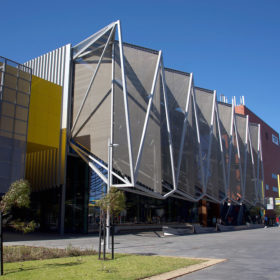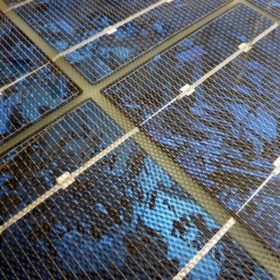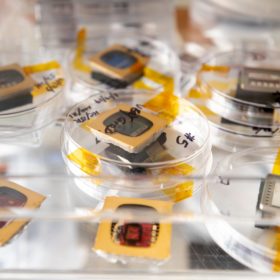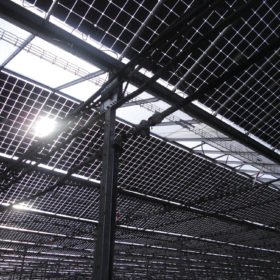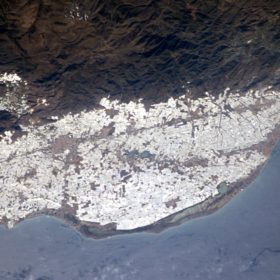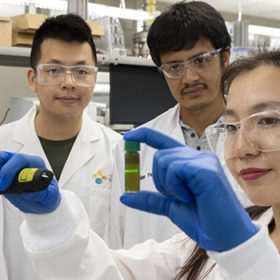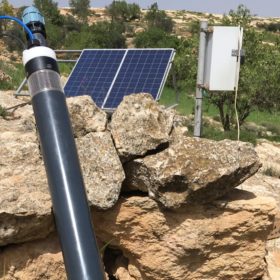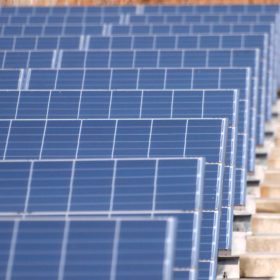New lithium-sulfur battery unveiled by Aussie scientists
Scientists at Monash University claim to have developed the world’s most efficient lithium-sulfur battery. They say the new device could enable an electric vehicle to drive more than 1,000km on a single charge.
US scientists claim clear-sky irradiance model provides better results for module testing
Researchers at the American Institute of Physics have used the clear-sky irradiance model developed by the National Renewable Energy Laboratory to measure the degradation rates of solar panels at a testing field in Germany over five years. The scientists say the model, when combined with real-world data, offers an efficient tool to evaluate the aging of PV technology.
PV against brain and heart diseases
Researchers in Denmark have developed water-based nanofibers coated with a biological PV substance which can be easily injected into the body. The developers say excitable cells in the heart and brain could be regenerated by being electrically stimulated with the solution.
Gauging non-fullerene acceptors for organic PV
U.S. scientists are trying to understand how non-fullerene small-molecule acceptors (NAFs) increase the efficiency of organic PV devices. They claim that methoxy groups embedded in the acceptors could facilitate an efficiency increase of approximately 6%.
New thermodynamic formula to calculate bifacial gains
An American research team developed the new formula by applying to bifacial cells the Shockley-Queisser triangle, which is used to calculate the maximum theoretical efficiency of a monofacial solar cell using a single p-n junction technology. According to the group’s findings, the triangle can help to clarify the deeper physical principles of the bifacial technology.
Maximizing the potential of PV irrigation in Spain’s ‘Sea of Plastic’
Spanish researchers have developed an analytical model to optimize the operation of PV water pumping systems. They say simultaneously irrigating different parts of a farm could help minimize costs and maximize energy use. The model was tested on an olive farm divided into four zones in the Spanish province of Almería.
Tungsten disulfide helps organic solar cell reach 17% efficiency
Researchers from Saudi Arabia’s King Abdullah University of Science and Technology claim to have developed a highly performant organic PV cell using tungsten disulfide flakes a few atoms thick. The stability of the device, however, is still to be evaluated.
Oxbridge scientists seek to explain electron dynamics in perovskite cells
Researchers from the two prestigious U.K. universities are analyzing spatiotemporal charge-carrier dynamics in the perovskite materials used for solar applications. They have discovered the carriers propagate ballistically over 150nm within 20fs of photon absorption.
A solar-powered irrigation pump with pay-as-you-go option
Comet-ME has developed a solar-powered submersible borehole piston pump for off-grid communities and smallholders to use for irrigation and domestic purposes. The device, compatible with PV systems from 300-900 W in size, can pump water from 45m with as little as 50 W of continuous solar power.
Italian investment fund F2i acquires Renovalia
With the move, the Italian infrastructure fund has raised its operational renewable energy portfolio to 1 GW and secured access to the Spanish market for its EF Solare unit.
